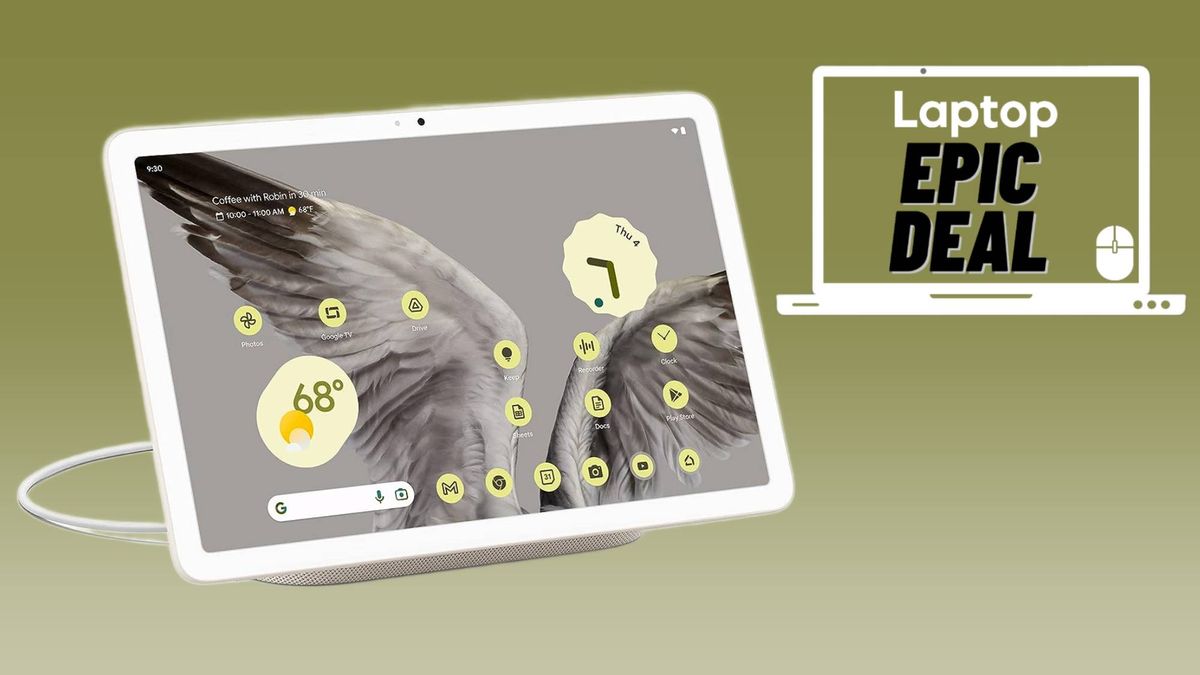Pinterest is a visual search engine with over 522 million users actively looking for new ideas and products. 80% of weekly Pinners say they feel inspired by the shopping experience on the platform. But Pinterest isn’t just for inspiration—it can drive real sales, especially for product-driven businesses like small retailers and wholesalers.
Brands can therefore set up a Pinterest business account to start earning money on Pinterest. It’s free and comes with features designed to help brands generate revenue.
Read this article to find out different ways to make money from Pinterest in 2025.
5 ways to make money on Pinterest
Conclusion
Use the Pinterest shopping feature to convert scrollers into buyers. Pinterest shopping feature is a tool that allows a business to sell their products on Pinterest. Pinterest directly offers several shopping tools to improve user experience and helps businesses to sell on Pinterest.
Requirements: Pinterest Business account, claimed website, privacy/shipping/returns policies, and a data source for product pins.
Benefits: Create product pins, get a Shop tab, display a verified badge, and access advanced analytics.
After approval, upload your products. Use Shopify or other e-commerce platforms for easy integration, or manually upload if needed.
Categorize products into “product groups” for better organization.
Feature up to three groups at the top of your Shop tab, like new arrivals or sales.
Write product details like titles, descriptions, and pricing.
Tag products in regular image pins or influencer content. Tag up to eight products per pin.
Install a Pinterest tag on your website for tracking conversions, essential for ads and analytics.

Anthropologie uses Pinterest’s Shopping Spotlights to create themed collections that attract potential buyers. Organizing products into collections like “Fall ’24 Home Collection” or “The Halloween Shop” helps the audience to find products based on the season or special occasions.
Collaborating with influencers is always a good idea to attract new customers. Pinterest has made it easy with its Paid Partnership program. A paid partnership is a collaboration between influencers and brands that have the same niche.
The creator tags the brand in a Pin, and a paid partnership label appears once the pin is published. The brand must approve the tag so that its name appears alongside the label.
Here is an example of a Paid partnership.

Using the Paid Partnership Tool:
Creators and brands can remove paid partnership tags at any time. Once removed, it cannot be added back to the same Pin.

Sally Hansen partnered with a Canadian Pinterest Creator to promote their 2021 holiday nail polish line, the , using .
Pinterest proved to be an ideal platform for Sally Hansen, as 3 in 4 Canadian holiday shoppers turned to Pinterest for inspiration, and searches for beauty, particularly “nails,” saw a 33% increase.
By collaborating with a creator Marisa Roy and using holiday beauty trends, the campaign connected with its target audience, driving both impressions and sales.

Scotch™ Brand’s Pinterest campaign for back-to-school season uses to inspire parents to create DIY school supplies like pencil holders and teacher gifts.
By using , Scotch™ identified popular search terms like “preschool crafts” and collaborated with creator to make their content more engaging and authentic.
The campaign’s hands-on approach, featuring how-to videos using Scotch™ Tape, resulted in:
Money brings money. Pinterest is a platform built for shopping. 7 in 10 Pinners say that Pinterest is where they go to find new products, ideas, or services they can trust. Spending money to bring buyers is a profitable idea to increase sales.
Pinterest Ads have various formats available to suit your goals.
Ad costs on Pinterest are flexible, with options for daily or lifetime budgets. On average, you may spend up to US$ 0.10 per click or US$ 1.50 per 1,000 impressions.
Creating ads is straightforward:
Here’s a breakdown of the steps:

Louis Vuittonsuccessfully promoted its new collection on Pinterest using a bold video ad strategy. By using Pinterest Premiere and targeting European markets.

Sellpy achieved its goal of converting new customers to buyers and driving sales with Pinterest using MM analysis.
Ad campaign used Pinterest insights on fashion trends and seasonal moments.A variety of ad formats (Video, static, carousel, and shopping) were employed, with a strong focus on carousel ads that mimicked real-world browsing.
Pinterest Inclusion fund is a tool to support small merchants to earn money through Pinterest. Initially, this program was only for creators.
The Pinterest Inclusion Fund supports small merchants, publishers, and creator agencies owned by or produced for underrepresented communities, including BIPOC, LGBTQIA+, Asian, disability, and plus-size groups.
Participants from previous cycles saw an average of 124% growth in engagement and 81% remain active on Pinterest.

Ryan Razooky, a basketball trainer, saw a 220% increase in followers and used ad credits to sell out merchandise and expand his business with a second gym.
Some merchants can’t access the Pinterest tools discussed in this article. However, they can still reach a new audience by using their blog traffic.
Each pin you create can include a link to an external site—use this feature strategically to guide users to click on the link. Pinterest can help generate revenue by driving interested users directly to your content.
Here are some tips for using Pinterest to drive traffic to your blog:
: Infographics are a great way to promote blog content on Pinterest. Blog posts featuring infographics can be shared directly on Pinterest to attract attention. Older blog posts can also be repurposed into infographics, helping reach a new audience that may have missed the original post.
: Not every blog post needs to be promoted on Pinterest. Focus on posts that suit the platform, such as those with visually appealing images, downloadable offers, or infographics. Promoted blogs must align with the themes of existing Pinterest boards for a more effective strategy.
Customize Images: Engaging, custom images are key when creating pins. To promote a blog post, use the featured image and add customized text. Many successful pins include the blog title directly on the image, drawing users in and encouraging clicks.
Write optimized pin descriptions: Pin descriptions should clearly outline what the blog post is about, without revealing too much. Maintain some mystery while giving viewers enough information to pique their interest and encourage them to click through.
Implement a strong SEO strategy: Pinterest functions as a visual search engine, making keywords essential. Apply solid SEO tactics by aligning blog titles with board titles, using relevant keywords in blog descriptions and image captions, and including keywords in image “alt” tags for better discoverability.
Example:

Ruggable is a machine washable rug brand having 81.2k followers and 10m+ monthly views.
They share their blog with captivating images and URLs on Pinterest.
Pinterest is a platform where users come to be inspired, discover new brands, and make buying decisions. By using Pinterest’s suite of targeting tools and insights, businesses can guide customers from discovery to purchase.
Whether you’re selling products, offering services, or building a brand, Pinterest provides a direct path to reaching engaged, ready-to-shop audiences.
Take advantage of the opportunity to grow your business on Pinterest. Tailor your campaigns to reach customers at each step of their journey, and watch your business transform inspiration into revenue.












